Traditional Orthodontics – Kittanning, PA
Braces That You
Can Count On
There are various options for orthodontic treatment nowadays, but sometimes the time-tested methods still work best. Here at Voller Dentistry, PC, Dr. Voller can provide you and your children with sturdy, reliable metal braces that can be used to fix misaligned bites and improperly spaced teeth. After all, a straighter smile is also a far healthier one! If you’re interested in braces or want to learn more about your options for traditional orthodontics in Kittanning, PA, call us today to set up an appointment.
Why Choose Voller Dentistry, PC for Traditional Orthodontics?
- Focused on Creating Long-Lasting Results
- Custom Treatment Plans for Each Patient
- Orthodontic Training from the United States Dental Institute
How Do Traditional Braces Work?
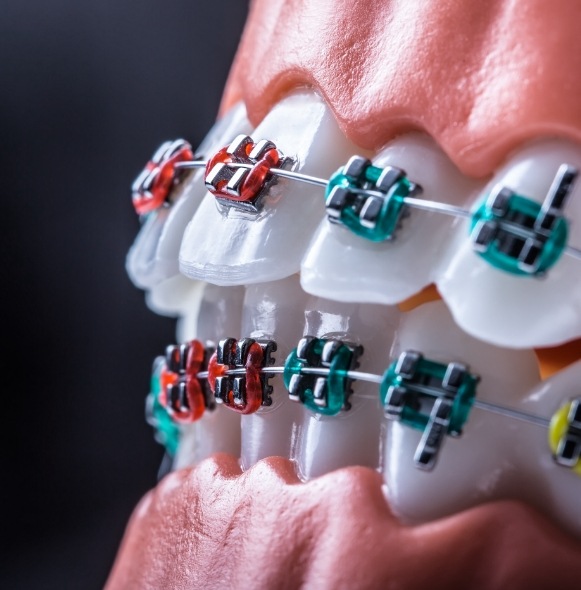
Since the teeth are attached to the bone via ligaments, they are capable of movement. Braces take advantage of this by constantly applying a small amount of pressure to gradually push the teeth to a new position via brackets and wires attached to the teeth. We’ll need to tighten your braces every few weeks or so to make sure the teeth keep moving towards where they should be. Depending on the changes that have to be made, some additional attachments and accessories may be placed on your braces. We can give you a timeline for how long you’ll need to wear traditional braces at your orthodontic consultation.
What Orthodontic Issues Can Braces Fix?
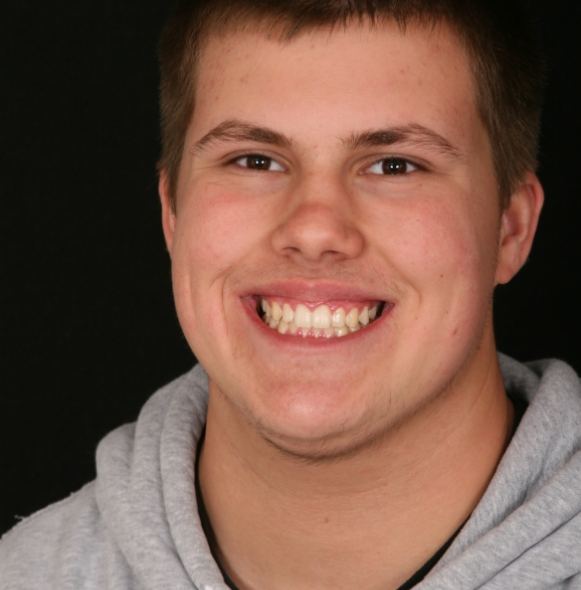
Braces can be used to make a wide variety of corrections. They can be used to fix small orthodontic issues as well as more extensive ones; compared to other orthodontic options, they’re far more reliable when it comes to complex cases. To determine whether braces are right for you, we’ll first need to examine your smile and consider the overall state of your oral health. Below are some of the most common reasons for adults and children alike to wear braces.
Bite Misalignment
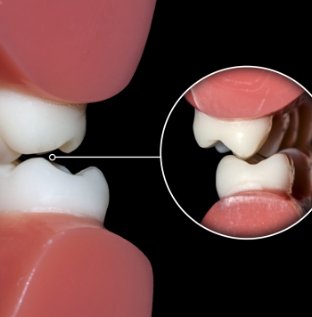
Bite misalignment can mean many different things. It might mean an overbite where the upper jaw juts out too far in front of the lower jaw, an underbite where the upper jaw is too far back, a crossbite where the top teeth fit behind the lower teeth, or an open bite where either the front or back teeth don’t meet when you close your mouth. Braces can be used to correct all of these problems.
Crowded & Crooked Teeth
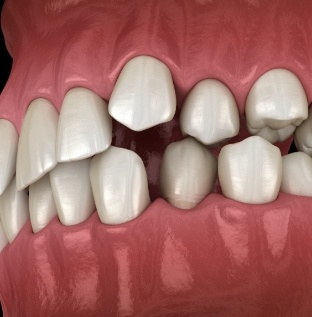
When the teeth are too crowded together, they can get in the way of brushing and flossing, and they are often more prone to breaking. With braces, we can straighten the teeth and ensure that they line up properly.
Gapped Teeth
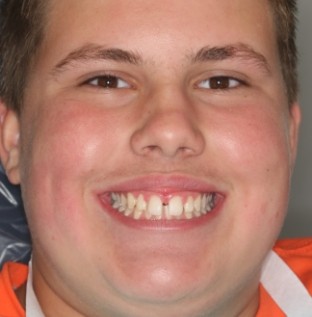
Having teeth too close together is a problem, but so is having them spread too far apart. Food particles tend to get trapped in gaps between the teeth, which can lead to cavities and gum disease. To protect your smile, braces can be used to close the gaps.
Caring for Your Braces
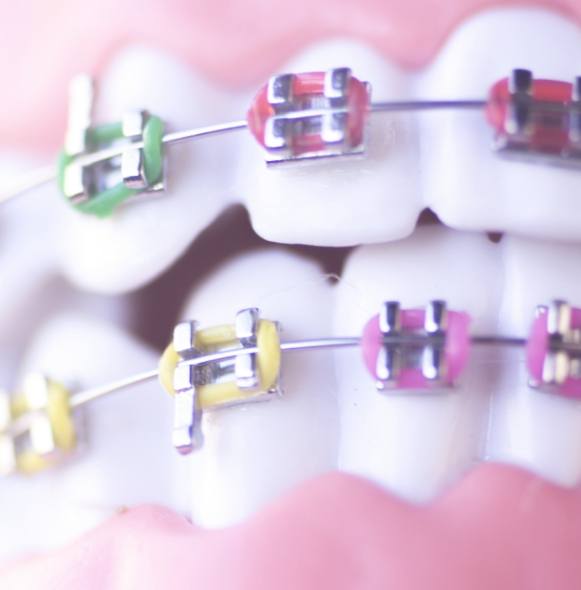
You’ll be given instructions for brushing and flossing with braces. The key is to hold the brush at a 45-degree angle to clean around the wires and brackets. You can look for flossing products that are designed to be used with braces. During your orthodontic treatment, you need to avoid hard foods that might break your brackets and wires as well as sticky foods that might pull them off the teeth. We can give you further advice for taking care of your braces during your regular adjustments.
Understanding the Cost of Traditional Braces
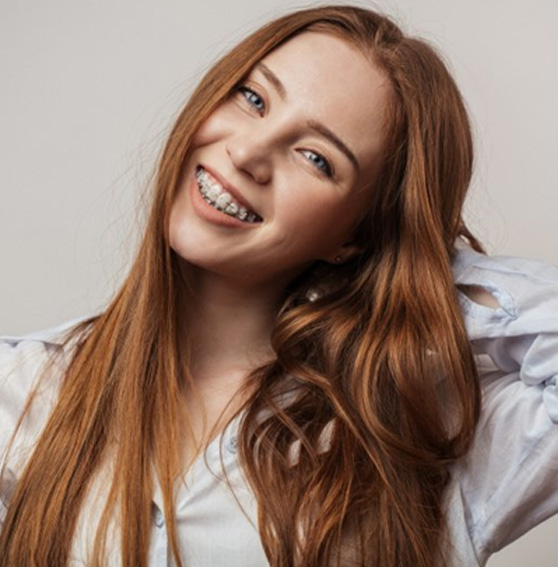
Each orthodontic treatment is completely customized to address the patient’s particular needs, so the cost of one person’s realignment process can differ significantly from that of another. At Dr. Ray Voller’s dental office, we’ll take the time to carefully explain the costs associated with your treatment plan and provide you with a proper price estimate during your consultation, and we’ll also be sure to check your insurance plan in case it includes some coverage. Here’s a brief guide to how traditional braces are priced at our office, but please contact us on the web if you’d like to know more.
Factors That Affect the Cost of Traditional Braces

Most of the cost of your orthodontic treatment will be determined by several principal factors such as:
- The severity of the malocclusion: It takes more time and effort to move teeth across longer distances, so more severe misalignments are generally more expensive to treat.
- Length of treatment timeline: Orthodontic processes that take longer usually cost more since they require more appointments, adjustments, and supplies.
- Age: It’s typically easier and less costly to realign the teeth of younger patients than older ones.
- Number of appointments required: More severe misalignments typically require more check-in appointments that will be noted on the bill.
- Additional appliances: Some patients will need to invest in special accessories such as headgear or oral hygiene supplies such as gum massagers and water picks to keep their treatments on track.
- Compliance: Patients who faithfully comply with our treatment instructions can expect to enjoy briefer, more comfortable realignment processes with fewer complications and additional costs.
Professional Braces vs. "DIY" Braces: Which Costs More?

In recent years, social media influencers have been peddling amateur “do it yourself” orthodontic methods, and some companies have offered discount realignment services by mail. Unfortunately, attempting to straighten your teeth without the help of a qualified dentist can set you up for oral injuries and complications that can make more intensive and costly professional orthodontic treatments necessary later. It’s best for your wallet and your oral and overall health to trust all your orthodontic services to a trained oral health professional such as Dr. Voller.
Does Dental Insurance Cover Braces?

Not all dental insurance plans offer orthodontic coverage, but many policies offer at least some coverage for traditional braces. Your plan is more likely to pay for orthodontic treatment if it is used to address a medical issue such as jaw misalignment or difficulty eating or if the patient is under eighteen. In cases like these, an insurance policy will probably cover the treatment by up to fifty percent. The team at Dr. Voller’s dental office will be happy to help you navigate your insurance plan and determine what it will pay for during your consultation.
Options for Making Braces Affordable
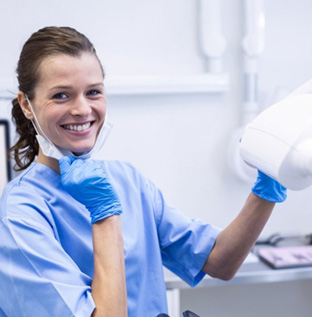
We understand that many of our patients may have difficulty fitting necessary orthodontic treatments into their budgets, and we’re eager to make sure they have access to the care they need. To make braces more affordable, we offer options like:
- CareCredit financing: We partner with CareCredit to provide our patients with flexible financing options that can break their bills into small monthly payments with little to no interest.
- The Voller Value Plan: For a low annual fee of $250 for an individual and $200 per each additional family member, our in-house membership covers each patient’s routine dental care and one emergency visit while conferring a 20% discount on all other dental procedures.
We will be glad to help you navigate your payment and financing options during your consultation at our Kittanning office.
Traditional Braces FAQs
Do Traditional Braces Hurt?
To be honest, it is very normal for soreness and discomfort to arise as your teeth begin to move into their properly aligned positions. That said, you shouldn’t let that stop you from pursuing your dream smile, especially since symptoms like these can easily be alleviated with OTC pain medication. Plus, you can use dental wax to cover any sharp edges of your brackets and wires, preventing soft tissue irritation and mouth sores as well.
Is There Anything You Shouldn’t Eat with Traditional Braces?
Yes, there are a few foods we recommend avoiding to prevent a bracket from coming loose or a wire breaking. Hard pretzels, taffy, whole apples, raw carrots, and peanut brittle are a few examples. Basically, you should eat mostly soft, nutrient-dense foods, like cottage cheese, oatmeal, and yogurt, to keep your smile healthy and your braces intact.
Can I Chew Gum with Traditional Braces?
Although chewing gum with traditional braces is possible, we don’t recommend it since the sticky consistency can pull one of your brackets or wires out of place. So, if you need to freshen your breath on the go, opt for a sugar-free mint instead!
How Long Do Traditional Braces Take?
Traditional braces typically take somewhere between one and three years to deliver the desired results. That said, there are several factors that play a role in the length of your teeth-straightening journey, including how severe your case of misalignment is. How well you follow the guidelines we provide matters as well. After all, if your brackets are consistently breaking or you develop several cavities throughout your orthodontic treatment, then you’ll likely experience significant delays.
Can I Drink Coffee with Traditional Braces?
Don’t worry – the start of your orthodontic treatment won’t mean the end of your days drinking coffee. All we ask is that you use a straw to prevent the liquid from coming in contact with your teeth. Then, when you’re done, rinse your mouth with clean water and brush your teeth.
What Happens After Traditional Braces?
There’s a common misconception that orthodontic treatment ends once the brackets and wires are removed. There’s actually one final step: the retention phase. To keep your teeth and bite in their properly aligned positions, we will provide you with a custom retainer. When you first get it, you may be asked to wear it around the clock to help your teeth “set” in place. However, before you know it, you’ll get the green light to wear it only at night.
Important reminder: Your teeth can shift out of their properly aligned positions in the months and years following your orthodontic treatment. One of the easiest ways to prevent that from happening is by wearing your retainer consistently and getting it repaired or replaced when needed.
I Need a Checkup & Cleaning I Need a Dentist for My Child I am Worried About Gum Disease I Have a Cavity or Broken Tooth I am Missing One or More Teeth I Want to Enhance My Smile I Want a Straighter Smile I Want to Learn About Sleep Apnea I am Scared of the Dentist I Have Pain in My Jaw View Our Services
